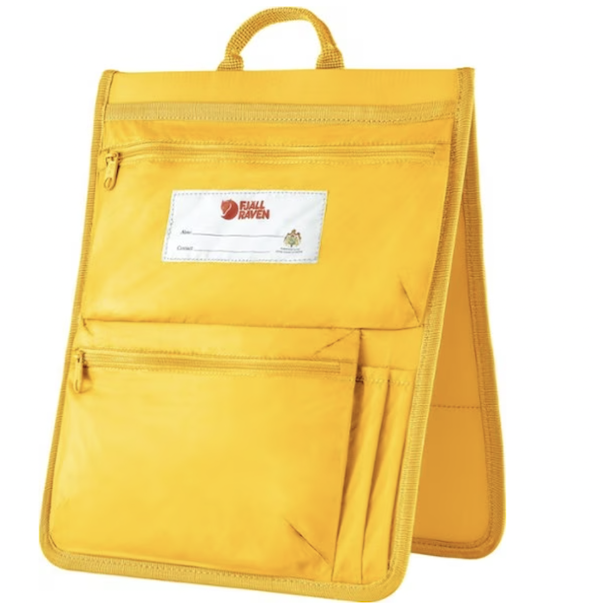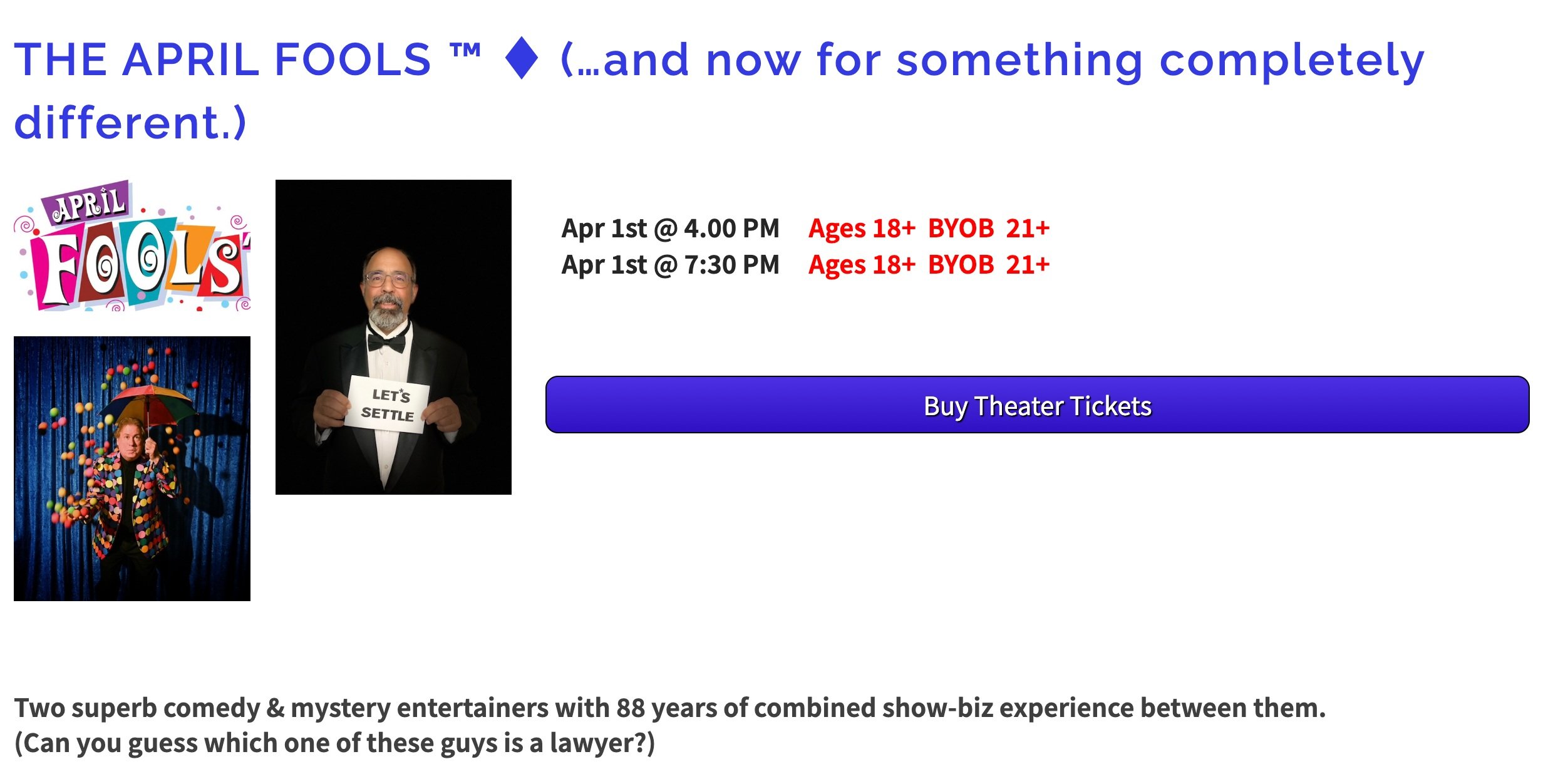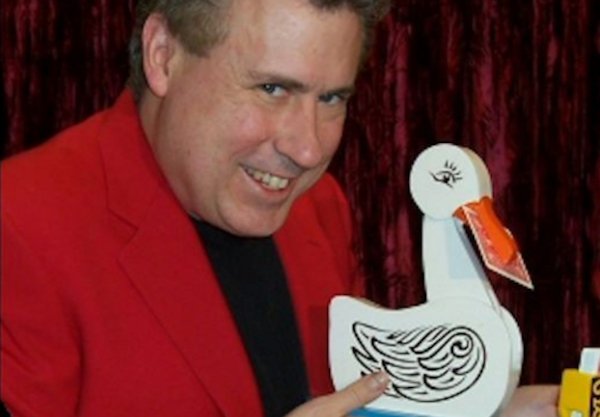Dustings #79
/Concerning a question in Monday’s mailbag where someone mentioned a person at Magifest who did a spongeball routine that was supposedly my creation, I said I had no clue what the email writer was talking about. I’ve only done one sponge ball routine in the past decade or so and didn’t remember ever writing it up.
Apparently, I did though. A few people wrote in to remind me of the sponge ball idea as one of many things mentioned in this post.
I don’t know if that’s what the person was doing at Magifest. But if he said it was my idea and it involved sponge balls, that’s one of the few ideas I have with them.
EDCeipt continues to be a big subject in my inbox. Thankfully now it’s more about the trick than the drama surrounding it.
Colin H. writes, “I actually like it a lot, but I was getting questioned about the receipts almost every time I performed it. I don’t live in an area with most of those stores. I started just saying they were fake receipts lol. I said they came with a toy cash register we bought for my daughter. It’s not an elegant solution but it explains why they don’t seem right.”
Someone said you could make your own receipts by going to the store and buying the items to make up what you need for the receipts. I mean… sure… if you want to make five trips and spend 100s of dollars on items you may or may not need in certain quantities in order to have gaffs that will last you a couple weeks… go ahead. It would be much cheaper and more efficient to just buy a thermal receipt printer and print out your own receipts. Which I think is the definitive solution for anyone who truly loves the idea behind this trick.
Coincidentally, I was in my friend’s car the other night having a conversation and at one point she opened her center console to get a piece of paper to write something on and she pulled out…
A bunch of old receipts?
No, not quite.
But close.
Three old grocery shopping lists.
Perhaps that’s a workable alternative?
My friend has a long pad that hangs on her refrigerator which she makes her shopping list on throughout the week. Then she pulls the top sheet off before her grocery store trip. These lists sometimes accumulate in her car because she doesn’t want to throw them out as they might have a phone number, a note to herself or a date to remember also written on them. So she just jams it into the center console to deal with later.
I’m not imagining a scenario where you carry around five shopping lists with you in your wallet. That would be at least as odd as carrying around five grocery receipts. But if you ever carry any kind of bag you could jam them in there and it wouldn’t be that crazy. Or this could be exclusively a “car trick.”
I usually carry something in my car that wouldn’t feel out of place there (an old lottery ticket, a pack of gum, etc.) but that is actually there for the purpose of showing someone something when I’m in a situation where I’m killing time with them in the car. I’m in that position once every few weeks, at least. So it’s not that unusual for me. And I can see myself with my friend, waiting for our take-out to be ready or something, poking around my car and asking, “Do I have anything interesting to show you?” Digging around, finding the shopping lists, dismissing them at first, and then saying, “Hmm… actually… here’s something we could try.”
And the lists could easily be marked with innocuous seeming scribbles, tears, and folds.
I don’t know. Maybe it’s too much effort for this particular trick. But it takes the “fake receipt” issue off the table. And because you could build the lists around stuff you actually buy, nothing would seem out of place to those who know you. Also, there could be other writing/information on the papers that could be useful in this trick or others. At the very least it could help justify why you haven’t thrown the list out.
And finally, I hereby bestow the idea of a binary sorting trick with shopping lists to Craig and Murphy’s. So now you can buy EDCeipt, transfer the concept to a grocery list, and use the trick with no ethical concerns that you’re stepping on the toes of Weber and Trono.
Unless someone else has already had this idea in the past in which case: Problem Unsolved!
Nicholas R. is repping GLOMM: Argentina with this sweet tattoo.
Note: You don’t need my permission to get a GLOMM tattoo. However, if you end up being convicted of a sex crime you must cover it up with the logo of the International Brotherhood of Magicians or some other organization that doesn’t have an issue with that sort of thing. Otherwise I’m sending someone to remove that area of your skin.















